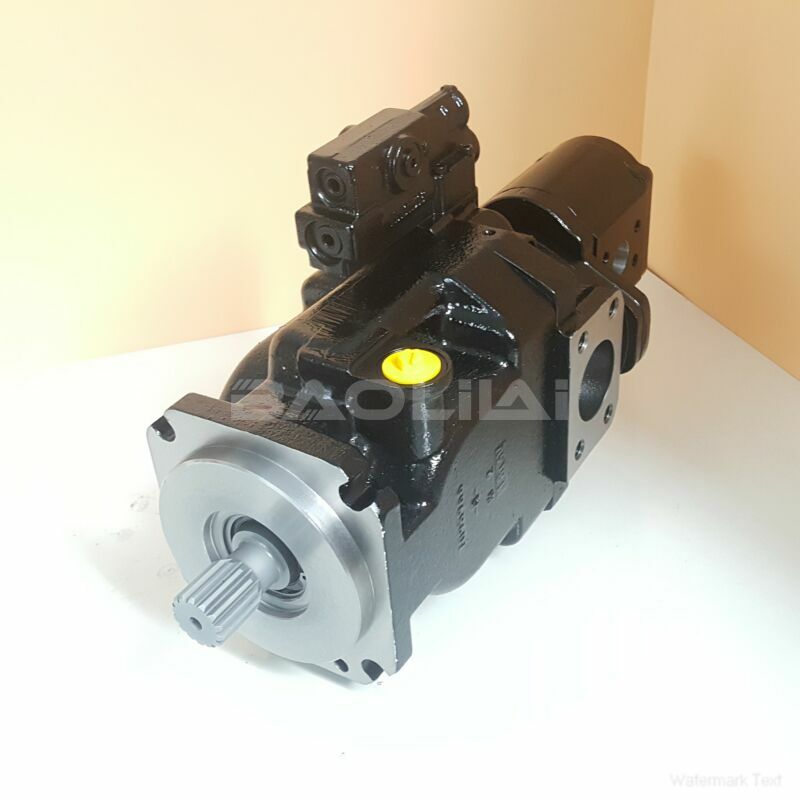FRR074BPC20NNNNN3S1R2A1NNNNNNNNNN danfoss pump
FRR074BPC20NNNNN3S1R2A1NNNNNNNNNN danfoss pump

- Product Details
- Applicable Scene
Piston pumps play a crucial role in the power generation systems of modern aircraft, serving as essential components in hydraulic systems and contributing to the overall efficiency and reliability of flight operations. Understanding their function and significance can provide valuable insight into the complexities of aircraft engineering.
FR-R-074B-PC-20-NN-NN-N-3-S1R2-A1N-NNN-NNN-NNN
FRR074BPC20NNNNN3S1R2A1NNNNNNNNNN
At their core, piston pumps convert mechanical energy into hydraulic energy. In aircraft, this process is vital for powering various systems, including flight controls, landing gear, and braking mechanisms. By pressurizing hydraulic fluid, piston pumps enable the transmission of power over considerable distances and through complex pathways within the aircraft.

83010314
One of the primary advantages of piston pumps is their ability to maintain high pressure, which is necessary to operate various hydraulic systems effectively. Unlike other types of pumps, such as gear or centrifugal pumps, piston pumps can deliver high flow rates at elevated pressures, making them particularly suited to the demanding environment of aviation. This capability is critical in scenarios where instant and precise control of the aircraft’s systems is required, contributing to both safety and performance.
Moreover, piston pumps are known for their durability and reliability. In the harsh operational conditions of flight, components must withstand extreme temperatures, altitude changes, and potential mechanical stresses. Piston pumps, engineered to meet these challenges, ensure a consistent and dependable supply of hydraulic power. Their robust construction often includes materials and designs that enhance their lifespan and reduce maintenance needs, which is essential for aircraft that operate on tight schedules and require high levels of availability.
Another significant aspect of piston pumps in aircraft power generation is their adaptability. They can be configured in various ways to meet specific application requirements. For instance, different piston designs (such as axial or radial) can vary the characteristics of the pump, allowing engineers to select an optimal configuration for the intended hydraulic function. This flexibility is vital in modern aircraft design, where customization is key to meeting diverse operational needs.





